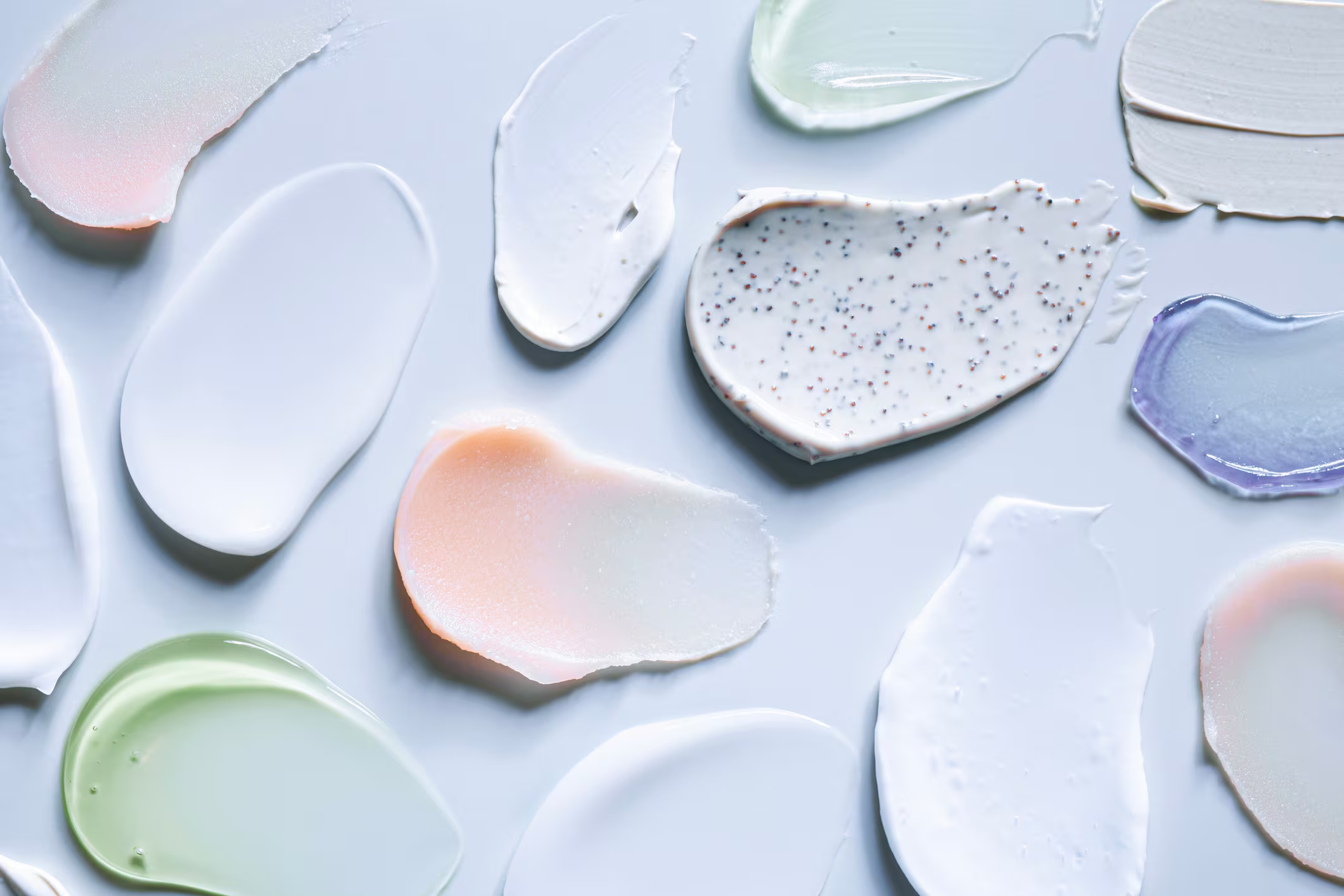zoomacademia.com – Muay Thai, often referred to as “The Art of Eight Limbs,” is a traditional martial art and combat sport originating from Thailand. Known for its dynamic use of punches, kicks, elbows, and knee strikes, it has gained international acclaim as one of the most effective and versatile striking disciplines in the world.
A Brief History of Muay Thai
Muay Thai traces its roots back to ancient Siam, where it was initially developed as a means of self-defense and battlefield combat. Over centuries, it evolved into a formalized sport and cultural practice. In the 16th century, it became a popular form of entertainment, with bouts held during festivals and royal ceremonies. By the 20th century, Muay Thai had transformed into a regulated sport with defined rules, protective gear, and international competitions.
Techniques and Fighting Style
What sets Muay Thai apart from other martial arts is its use of eight points of contact: two fists, two elbows, two knees, and two shins. This makes it more versatile and comprehensive than traditional boxing (two points) or karate (four points).
Key Techniques:
- Punches (Chok): Similar to Western boxing, but often combined with clinch work.
- Kicks (Te): The roundhouse kick, delivered with the shin, is a signature move.
- Elbow Strikes (Sok): Used for close-range attacks, capable of causing cuts and knockouts.
- Knee Strikes (Khao): Delivered from the clinch or at a distance for powerful body and head strikes.
- Clinching and Sweeps: Unique to Muay Thai, clinching involves grappling to control the opponent while delivering strikes or performing sweeps.
Training and Conditioning
Muay Thai training is renowned for its intensity and effectiveness in building strength, endurance, and mental toughness. Fighters often follow rigorous routines that include:
- Pad Work: Practicing combinations on pads held by a trainer.
- Bag Work: Developing power, technique, and stamina on heavy bags.
- Clinching Drills: Enhancing grappling and knee strike skills.
- Road Work: Running to build cardiovascular endurance.
- Strength Training: Incorporating bodyweight exercises like push-ups, pull-ups, and sit-ups.
Cultural Significance
In Thailand, Muay Thai is more than just a sport; it’s a cultural treasure. Fighters often perform a traditional dance called the Wai Kru Ram Muay before a match to pay respect to their trainers and ancestors. Matches are accompanied by live traditional music, creating a vibrant and energetic atmosphere.
Global Popularity
In recent decades, Muay Thai has gained immense popularity worldwide, thanks to its inclusion in mixed martial arts (MMA) and its reputation as an effective striking art. Fighters like Buakaw Banchamek and Samart Payakaroon have become global icons, inspiring a new generation of practitioners.
Today, Muay Thai gyms can be found in nearly every corner of the globe, offering classes for everyone—from professional fighters to fitness enthusiasts. Its blend of discipline, fitness, and self-defense skills makes it appealing to people of all ages and backgrounds.
The Benefits of Practicing Muay Thai
- Physical Fitness: Improves strength, flexibility, endurance, and cardiovascular health.
- Mental Toughness: Builds confidence, focus, and resilience.
- Self-Defense: Teaches practical techniques for real-world situations.
- Stress Relief: Provides a healthy outlet for stress and aggression.
- Cultural Appreciation: Offers insight into Thai culture and traditions.
Conclusion
Muay Thai is not just a sport or martial art; it is a way of life deeply rooted in tradition and respect. Whether you are looking to compete professionally, improve your fitness, or simply explore a new discipline, Muay Thai offers a rewarding and enriching experience. As the Art of Eight Limbs continues to grow in popularity, it remains a testament to the enduring appeal of Thailand’s rich cultural heritage.







